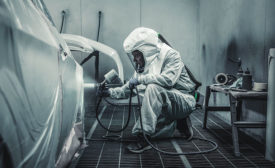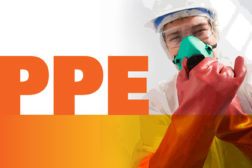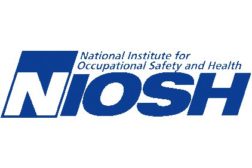Home » Keywords: » SCBA
Items Tagged with 'SCBA'
ARTICLES
NFPA issues safety alert on SCBA facepiece lenses
Firefighters died while still “on air”
August 8, 2012
Become a Leader in Safety Culture
Build your knowledge with ISHN, covering key safety, health and industrial hygiene news, products, and trends.
JOIN TODAYCopyright ©2024. All Rights Reserved BNP Media.
Design, CMS, Hosting & Web Development :: ePublishing





